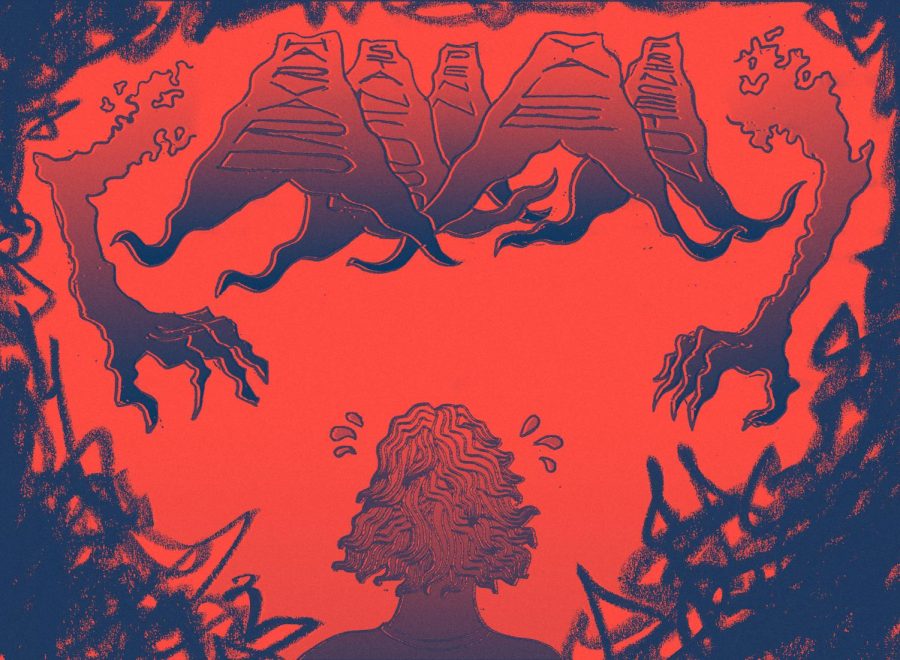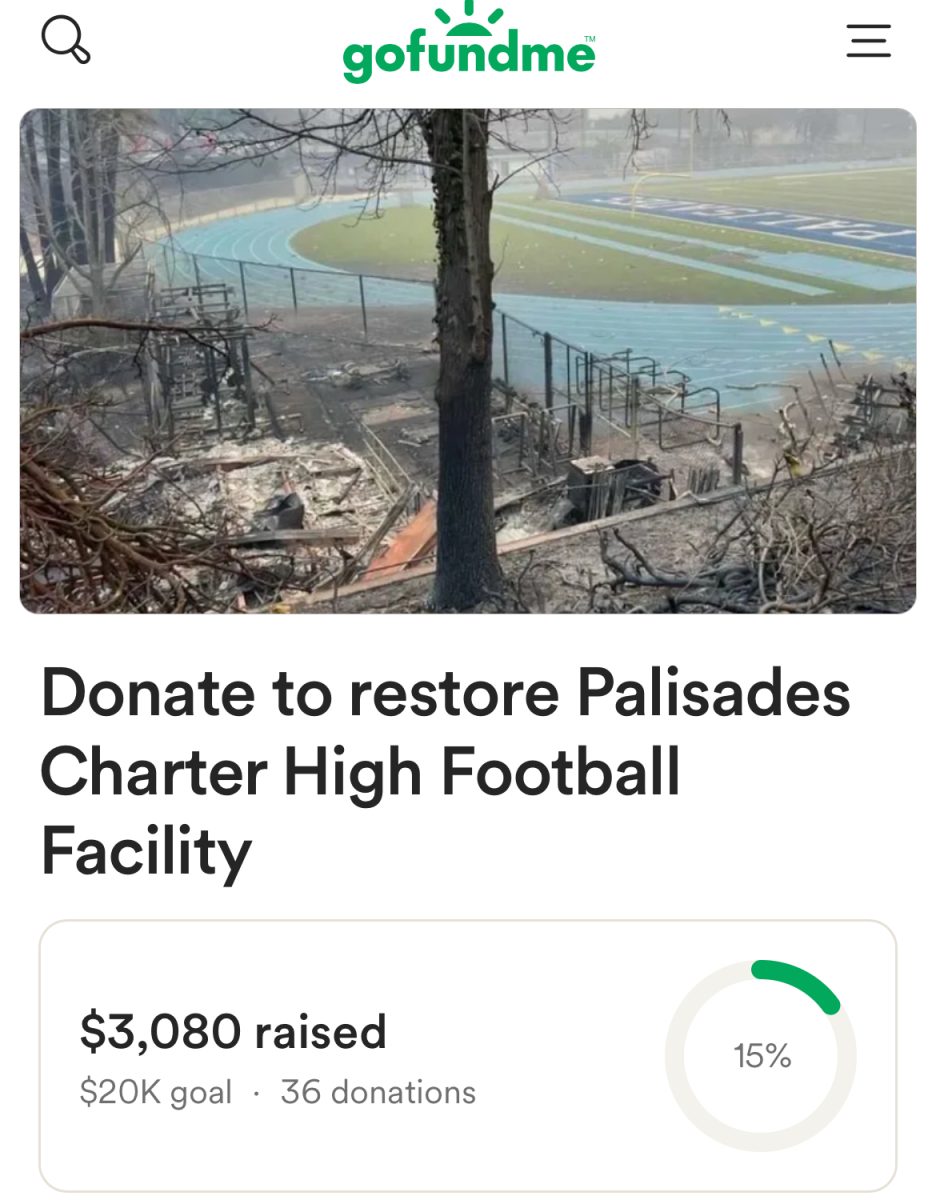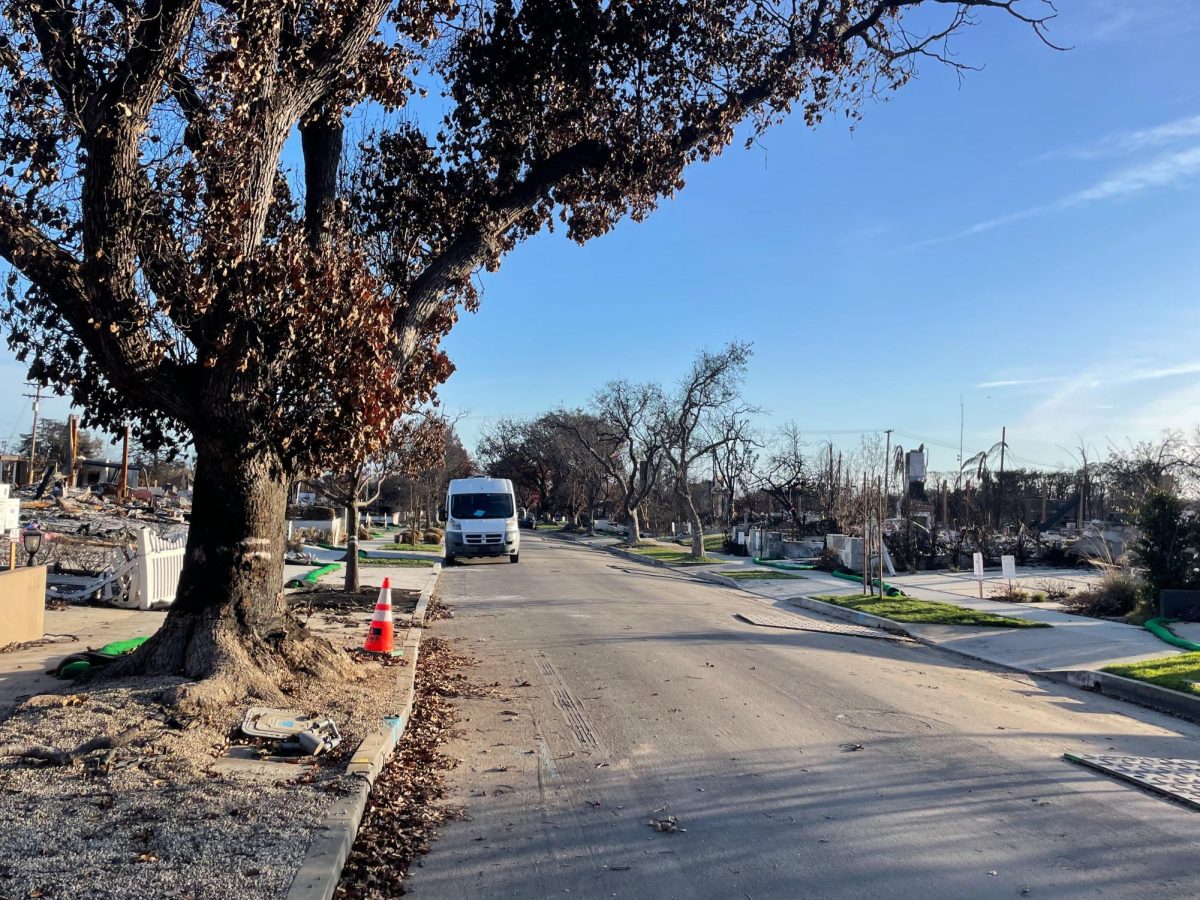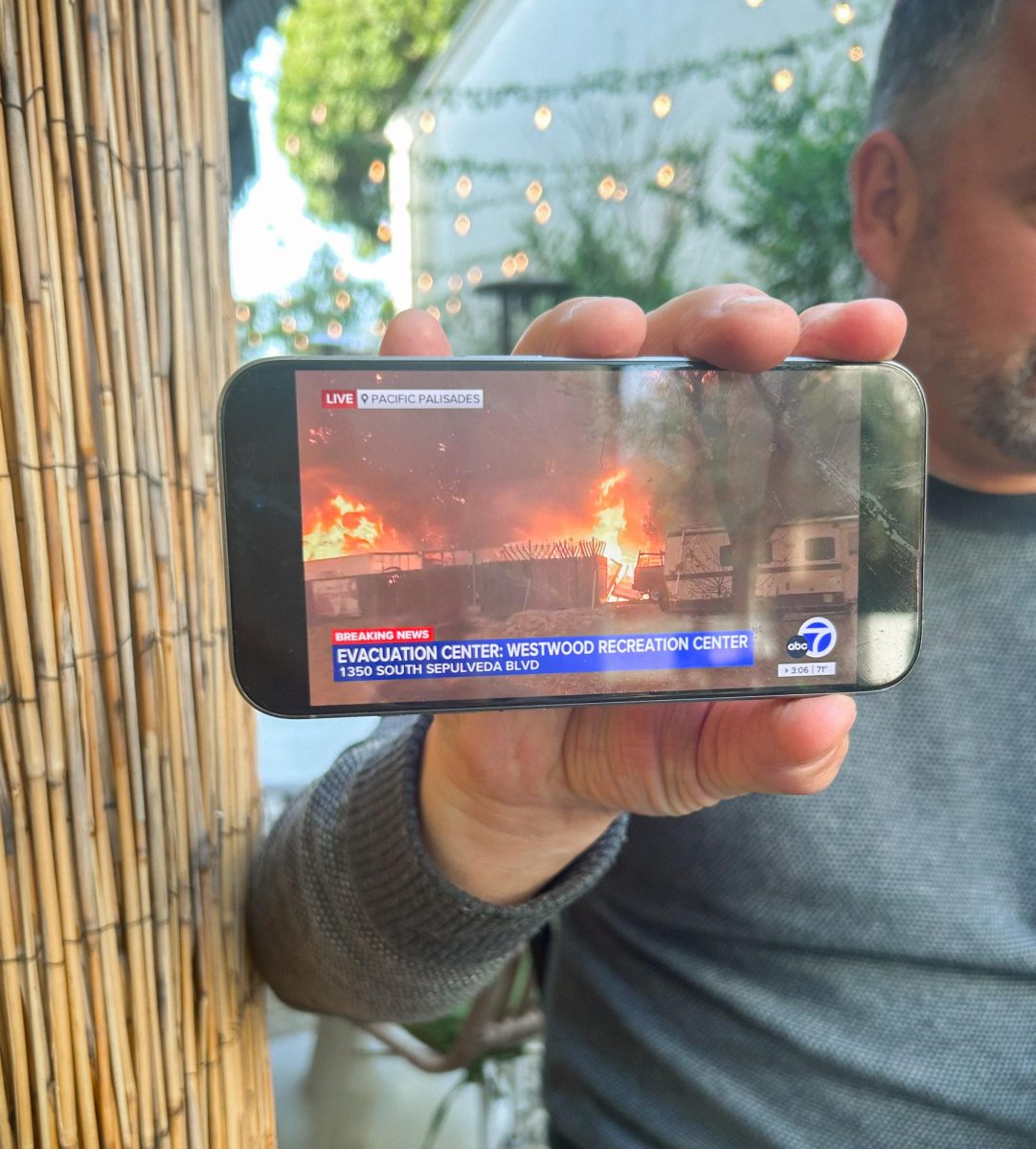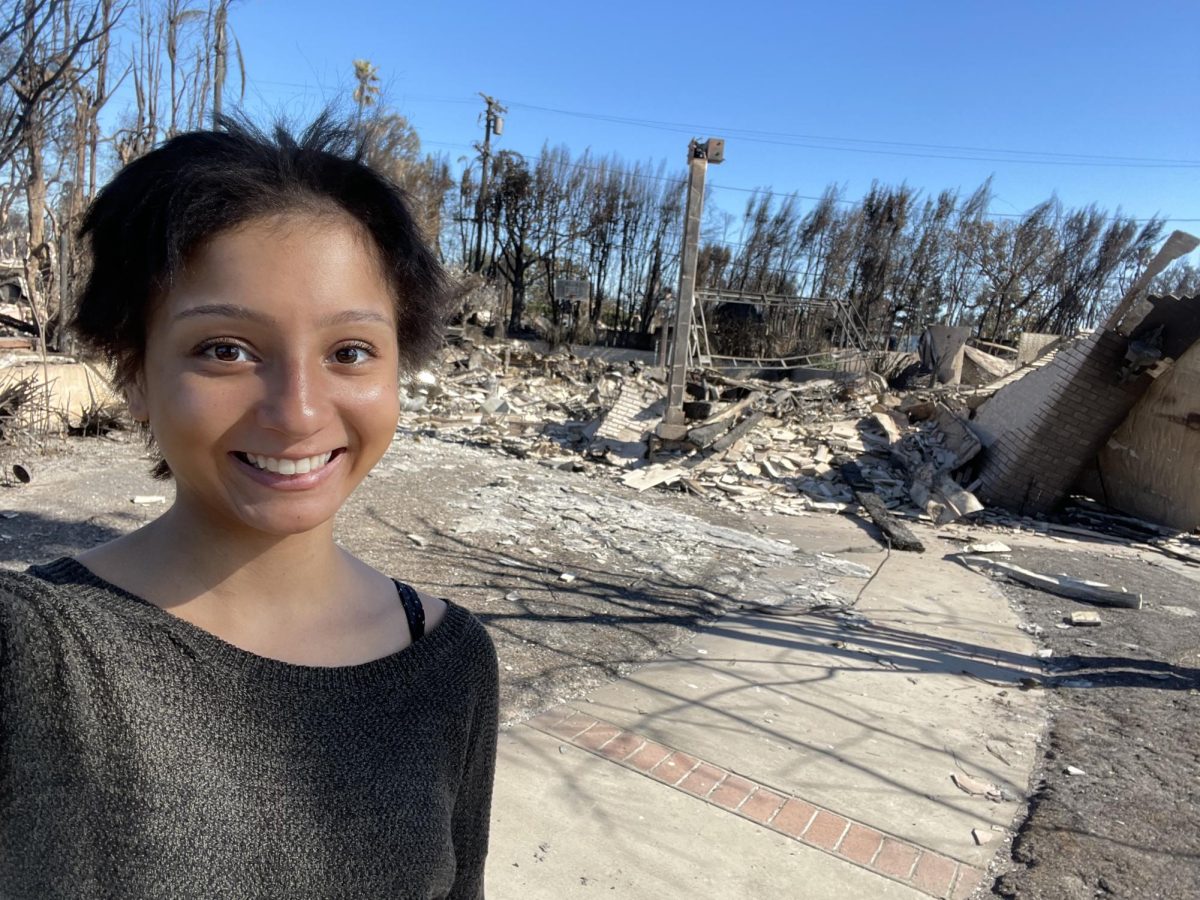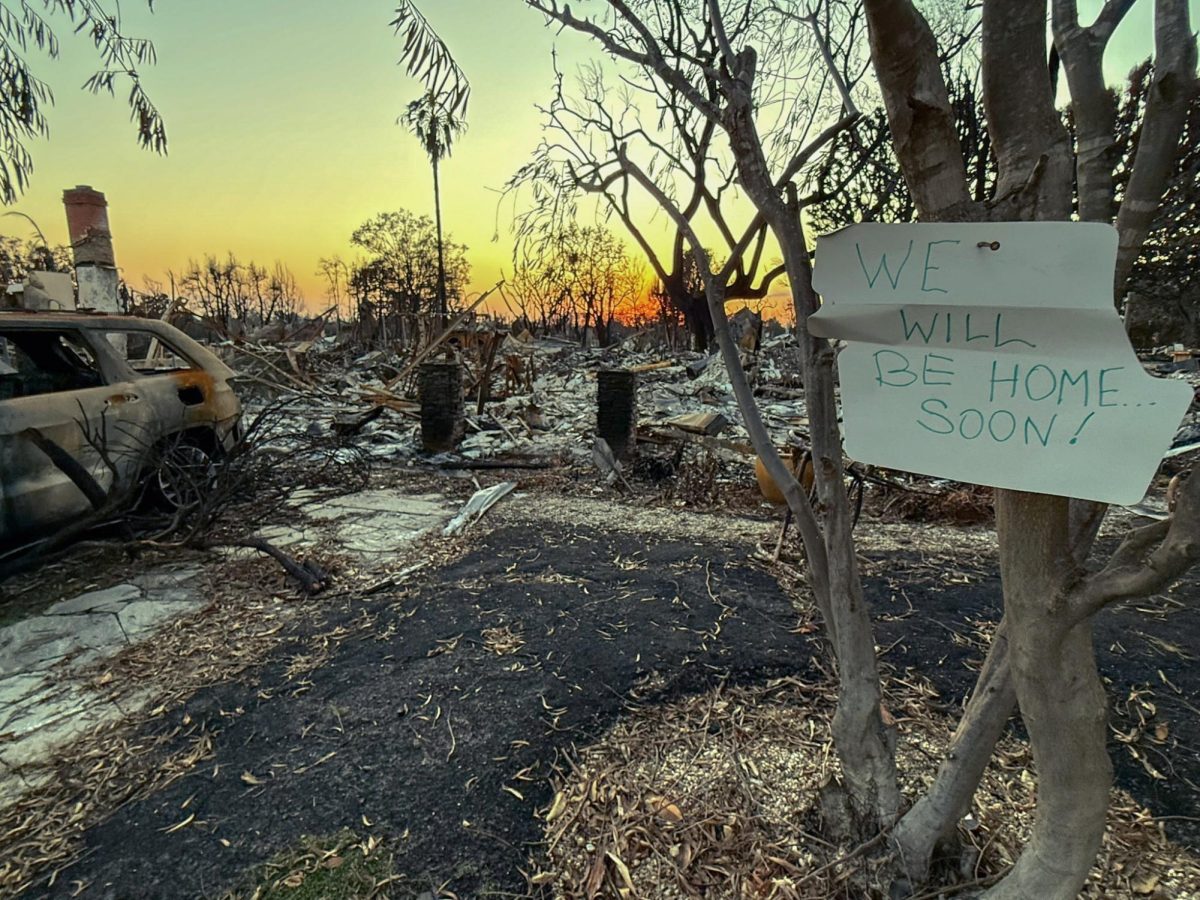Transferring from a Mindset: Restructuring the Four-Year-College Model
May 13, 2021
Fluttering gently in the wake of the countless students flitting in and out, colorful pennants of name-brand colleges form a kaleidoscope on the ceiling of Pali’s College Center.
Before the pandemic turned classroom life into a blurred memory, the tiny room on the edge of campus served as the springboard for the next stage of our lives. These dangling reminders communicated our purpose as students: get good grades, get into a good college.
This culture permeates Pali and its neighboring affluent communities. From the college decision Instagram pages to the alumni car license plates that line surrounding streets, it is plain to see that a four-year college is considered the gold standard for higher education. Every AP class, every all-nighter — all to attain this glimmering ideal.
Enter 2020. The coronavirus wreaked havoc not only in death toll, but on people’s paychecks and mental health. For many students and their families, money and morale are both running dangerously low. To add insult to injury, the removal of the SAT requirement created an application influx, causing 2021 acceptance rates to plummet.
The reality, simply put, is that thousands of these students opened the dreaded “We are sorry to inform you” on their screens in March and April. With the heavy emotional strain of application season, many students are asking themselves this question: Is a four-year college even worth all this?
For many, this traditional course of action simply isn’t feasible — certainly under these circumstances. However, there are plenty of viable alternatives students may already be at least vaguely aware of. For instance, Cal State Universities typically have lower GPA cutoffs, higher acceptance rates and great pre-professional programs. Trade schools offer a targeted education for real-world careers. Community colleges and other institutions grant associate’s degrees that can open the door to a multitude of new possibilities. Invaluable tools for social mobility, these routes provide educational opportunities for students pragmatic about the costs and benefits of higher education.
But for the students starry-eyed at the thought of name-brand colleges, what if there was another way? What if you could get a degree from your dream college while saving thousands of dollars?
Spoiler alert: It involves Santa Monica College (SMC).
Yes, that SMC. The classic mantra “Please, anywhere but SMC” is the Pali equivalent of the warning pushed by many parents: “You don’t want to end up flipping burgers at McDonald’s, do you?”
This sentiment surges in popularity during college application season and is steeped with elitist implications that few bother to unpack. Students bound for SMC are typically met with veiled condescension or outright derision from their peers bound for top-tier institutions.
Community college emerges as a rusty spoke on the post-high school wheel, ingrained into the teenage psyche as inherently inferior. Ironically, the very students perpetuating this harmful cycle of stigmatization are the ones who would benefit from community college. Or rather, transferring from one.
Transferring, a practical and accessible option, is rarely touched upon in Pali college discussions, meetings or presentations. As of now, it is an easter egg passed on by word-of-mouth, one that only the most savvy students unearth. And yet the concept is simple: Spend one or two years at community college barreling through basic requirements, then transfer to a four-year university and receive a bachelor’s degree from the more “prestigious” institution.
In the current climate, this approach is increasingly beneficial for an array of reasons.
Transfer acceptance rates are typically higher than freshmen acceptance rates at most colleges (except for those with very high retention rates, such as Harvard or Stanford). Thus, students can still reap the benefits of alumni networks and other perks that elite colleges have to offer, all at half the price.
For those whose finances were battered by the pandemic, the proximity and affordability of two years of community college allows these students to support their families and ease spending. Students can also improve their GPA in those two years to elevate their chances at a college that may have been out of reach during their senior year of high school.
No matter their background, Pali students considering transferring stand to benefit from a tremendous resource right at their fingertips: the aforementioned SMC.
The oft-scorned community college is the number one transfer college to University of California (UC) schools. SMC has forged agreements with all of the UC schools to make the transferring process as seamless as possible (viewable on websites such as ASSIST.org). In general, more than 85 percent of junior transfer students accepted into the UC system arrive from California community colleges. SMC also fosters a feasible pathway to a number of highly-ranked institutions; it is the number one source of transfers to University of Southern California and the number one source on the west coast for Columbia University.
Additionally, as part of his proposed American Families Plan, President Joe Biden is pushing for two years of free community college. The plan not only allocates $109 billion toward community college, but also has provisions for directing $80 billion toward Pell Grants and $62 billion for “completion and retention efforts” at predominantly minority-serving colleges, according to The Daily Press.
It is possible that this development may make community college free in the coming years and decrease the cost of attending post-transfer institutions, increasing retention rates for students who are in the most need.
Despite all of its advantages and optimistic future prospects, Pali’s College Center does not highlight transferring as an option for the vast majority of students.
“We do not emphasize this to students,” said Karen Ellis, Pali’s Director of College Advising. “Two-year college is an option if they are seeking to obtain a higher GPA before transferring to a four-year (it opens more doors for them) or if they are looking for cost saving routes to a four-year college.”
Ellis continued, “It is totally up to the student and what their plans are for college.”
While the College Center acknowledges the beneficial reasons for transferring, it assumes that students can make a fully informed decision — barring the fact that the only option consistently presented to them from the moment they stepped onto Pali’s campus is the traditional four-year college experience.
Torrents of informational meetings, college visits advertised on Schoology and casual conversations regarding the future point in this direction. Because they have been spoon-fed this college narrative, teens may be more willing to swallow the five-figure price tags that come with it.
The option of transferring, and other alternatives in general, are tacked on as an afterthought to those who have already subscribed to this mode of thinking. The burden is placed on the student to not only research their alternatives, but to also mentally distance themselves from the four-year-college-oriented culture perpetuated by both students and the College Center.
For the Class of 2021 in particular, it feels as though the College Center has left students on autopilot. Receiving little to no guidance due to distance learning, students have had to navigate the college process almost entirely on their own.
“Students have not been able to benefit from in-person workshops and informational sessions normally given by the College Center,” Ellis stated. “College visits from representatives are all done virtually rather than in-person.”
She continued: “I feel that distributing information to students has been challenging because students do not always check Schoology messages. We have tried many ways to distribute information to students and it seems that they still don’t all receive it.”
While in-person counseling may have presented extra options, the online transition has stripped Pali’s counseling model to its most basic skeleton — four-year college above all else. The vast majority of the resources that students do receive is all centered around this idea. Students relied on their gut instincts more than tailored counseling during this college cycle, as many students were unable to meet their counselors at all. And what, other than years of emphasis on going directly to a four-year college, is going to inform this gut instinct?
While the College Center is not the root of this Hogwarts-like mentality toward attending the perfect four-year college, it does little to temper it. This cycle must be broken. The College Center should bring alternative routes to higher education to the forefront of the college conversation, namely transferring. It should frame community college not as a last-ditch approach but a pragmatic option open to all students — not just those who are struggling.
Now more than ever, it has become essential that these conversations take place to eliminate stigma and reopen various avenues of tackling higher education. Pali needs to acknowledge the problem and do its part to deemphasize the classic four-year college standard.
We as students acknowledge that the College Center has been under significant pressure due to the pandemic, and we appreciate what they have been able to achieve under the circumstances. Still, the issue cannot be pushed aside any longer. Counselors move on to a new batch of students every year, but we are the ones stuck with the decisions once we leave. If Pali truly wants to tailor its guidance to meet individual student needs, it should take immediate steps towards restructuring its counseling philosophy.


